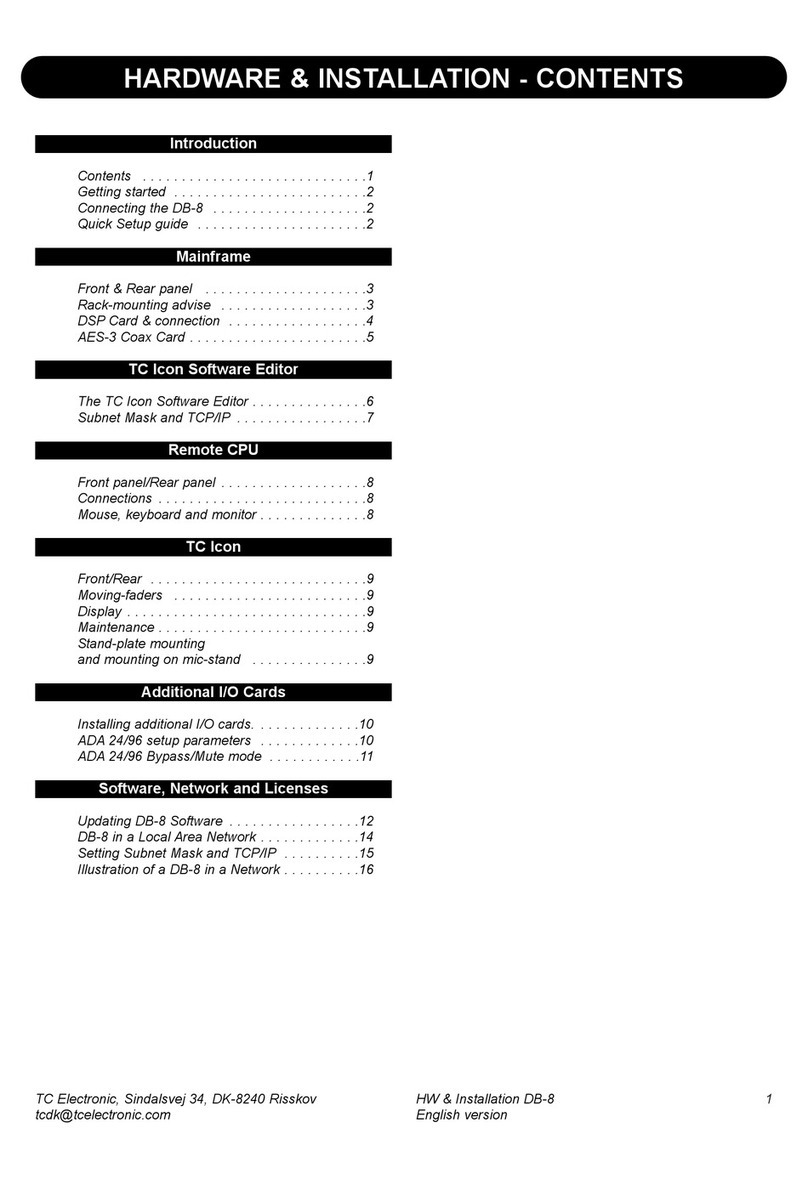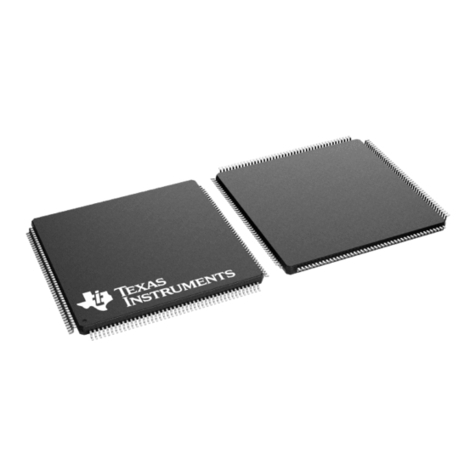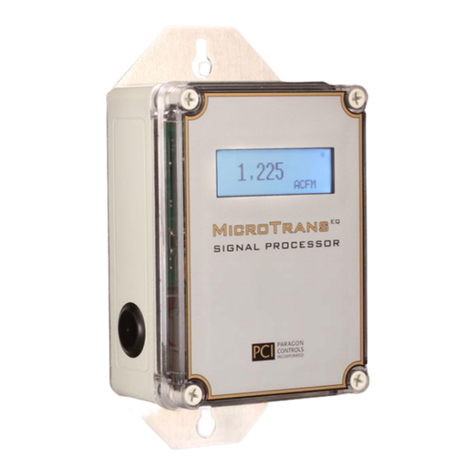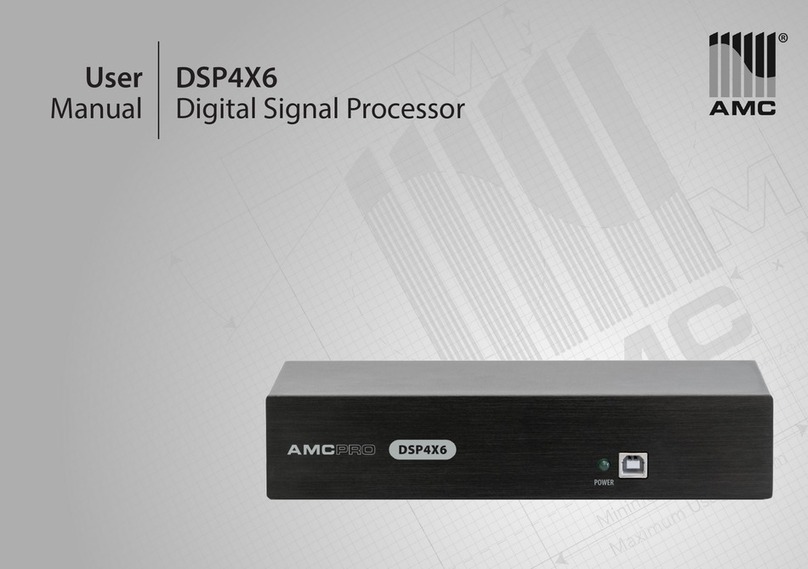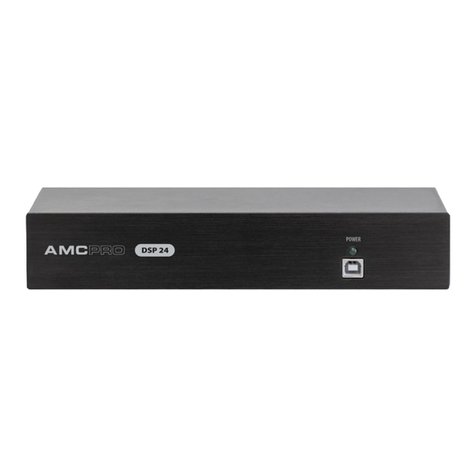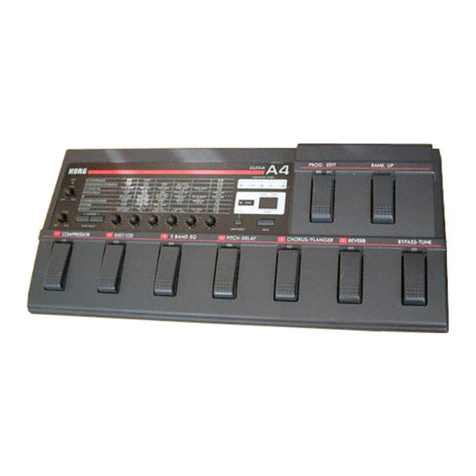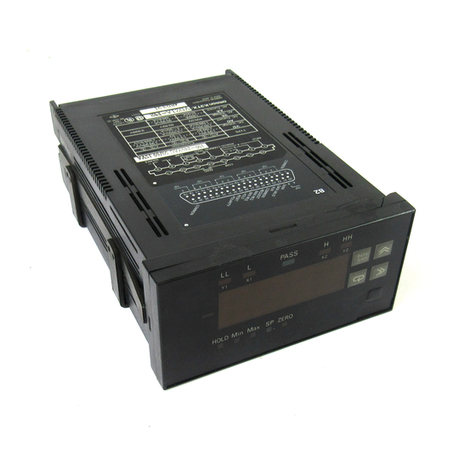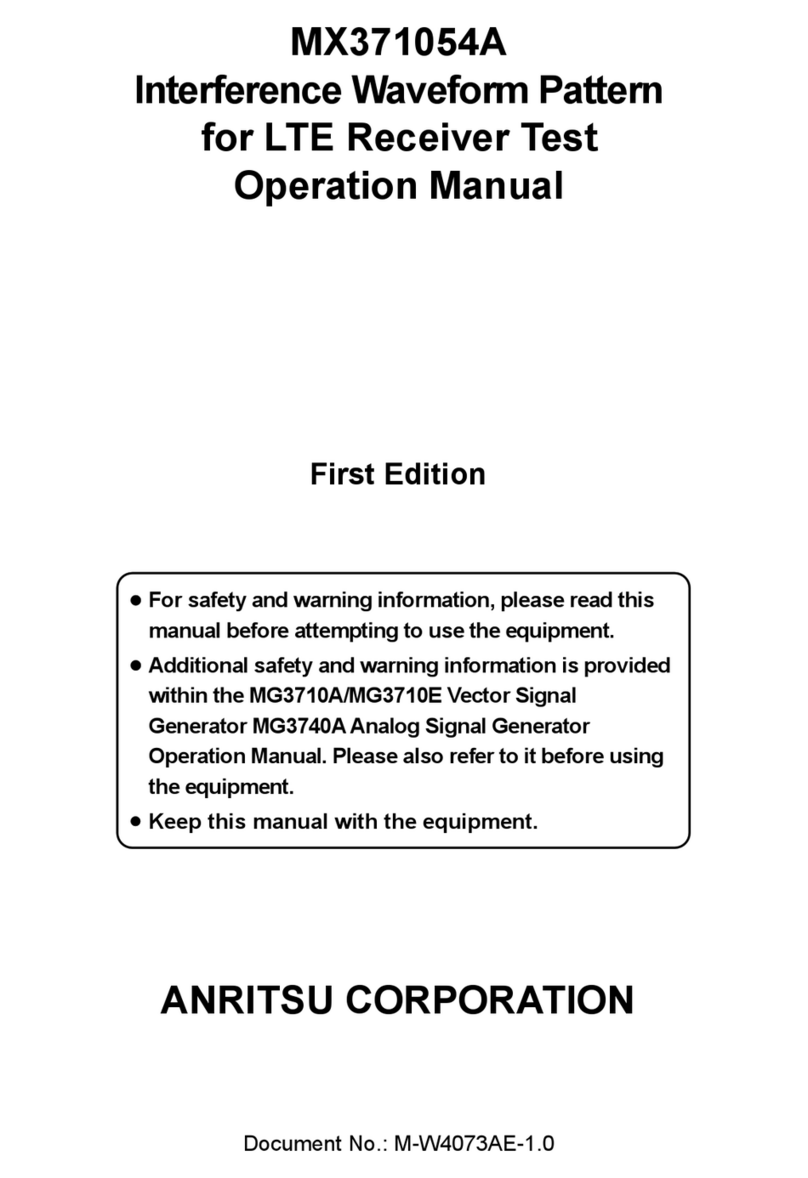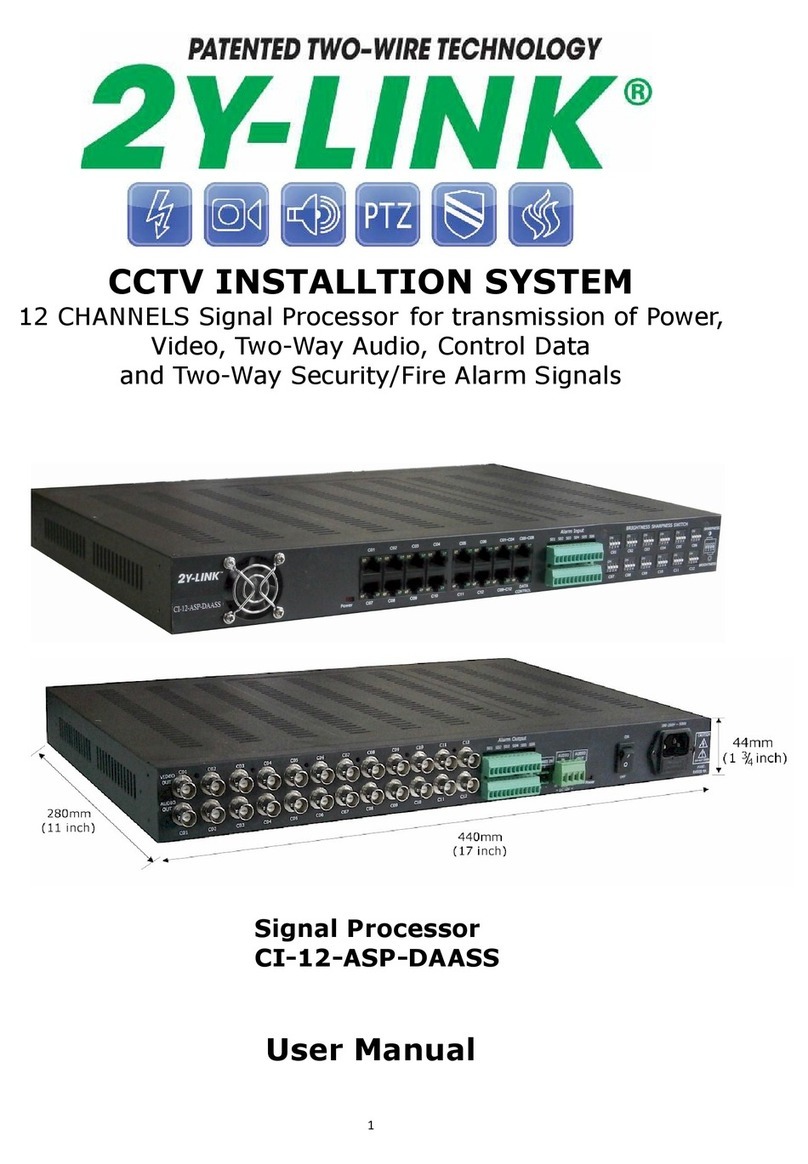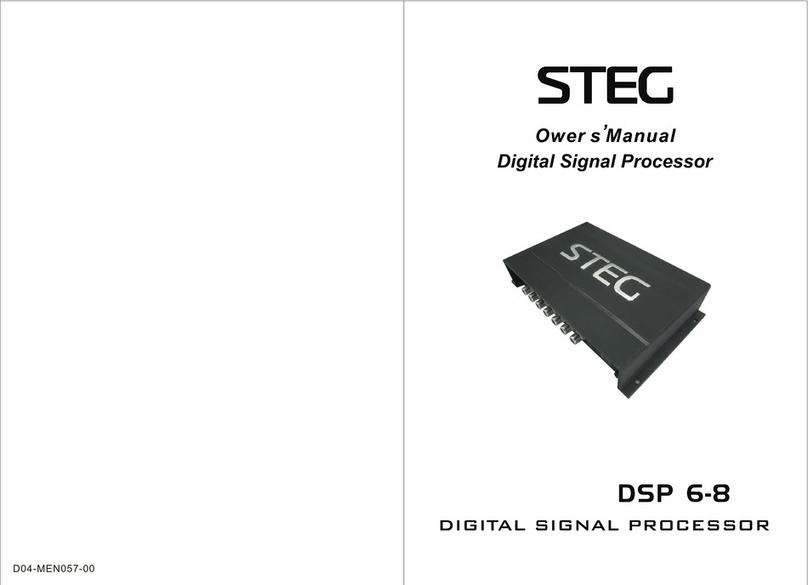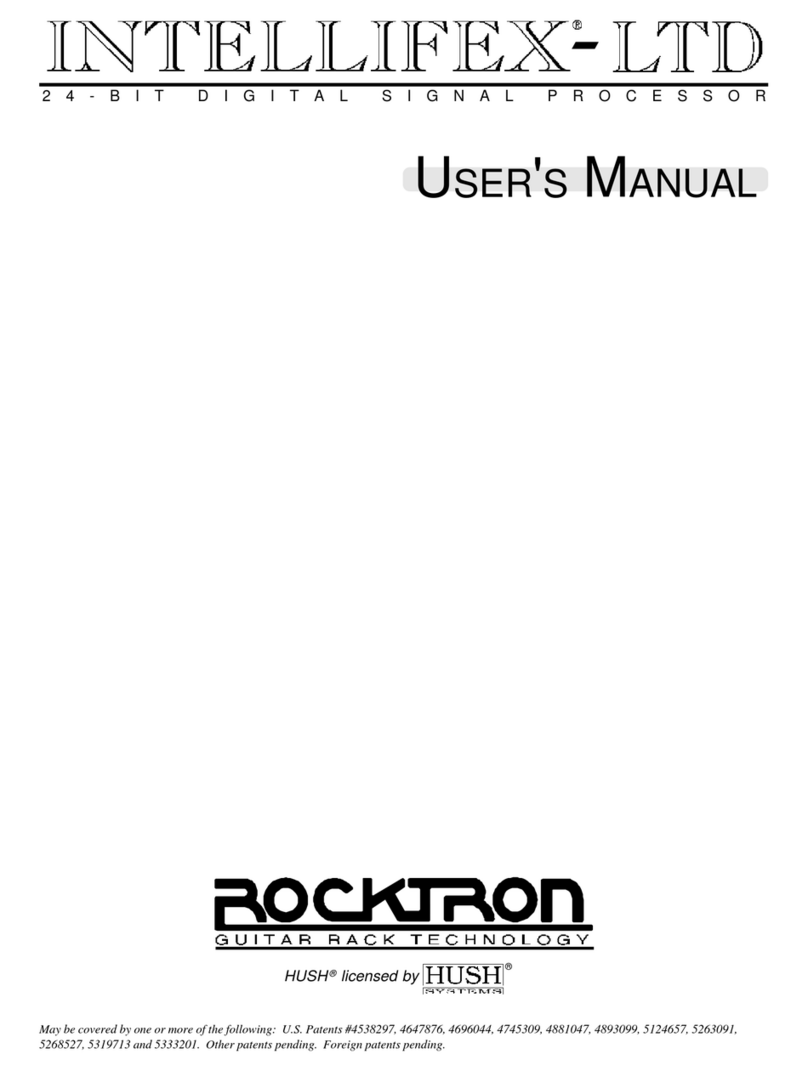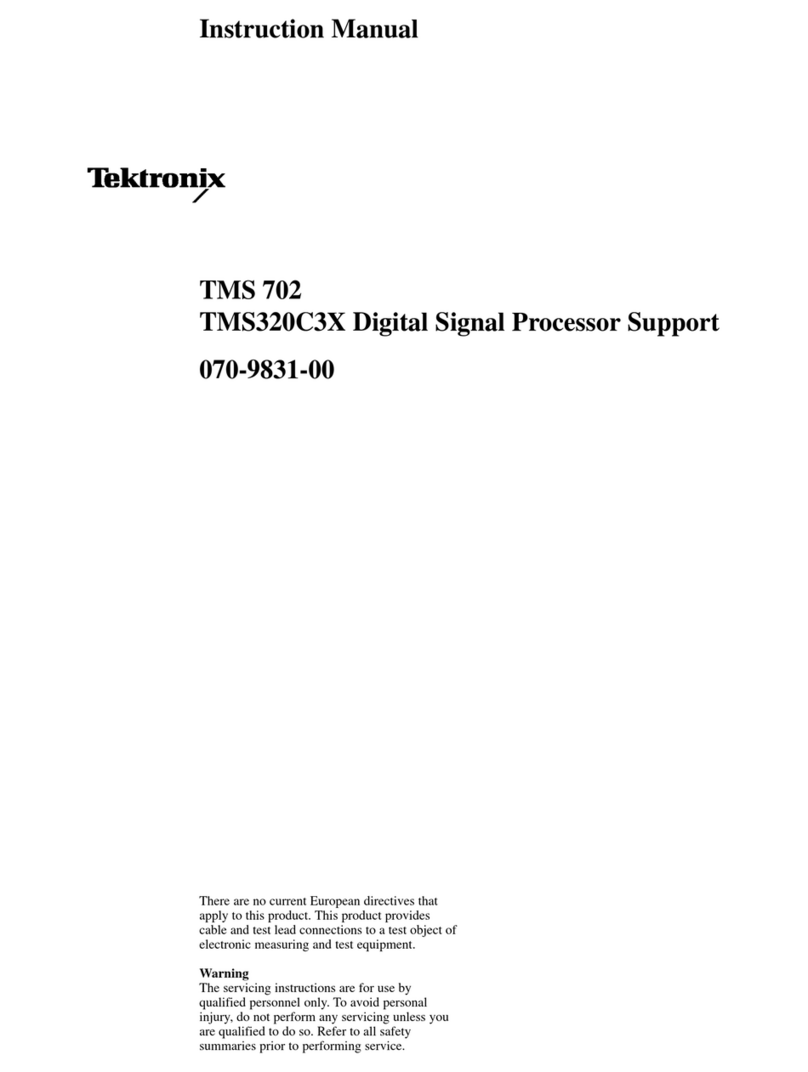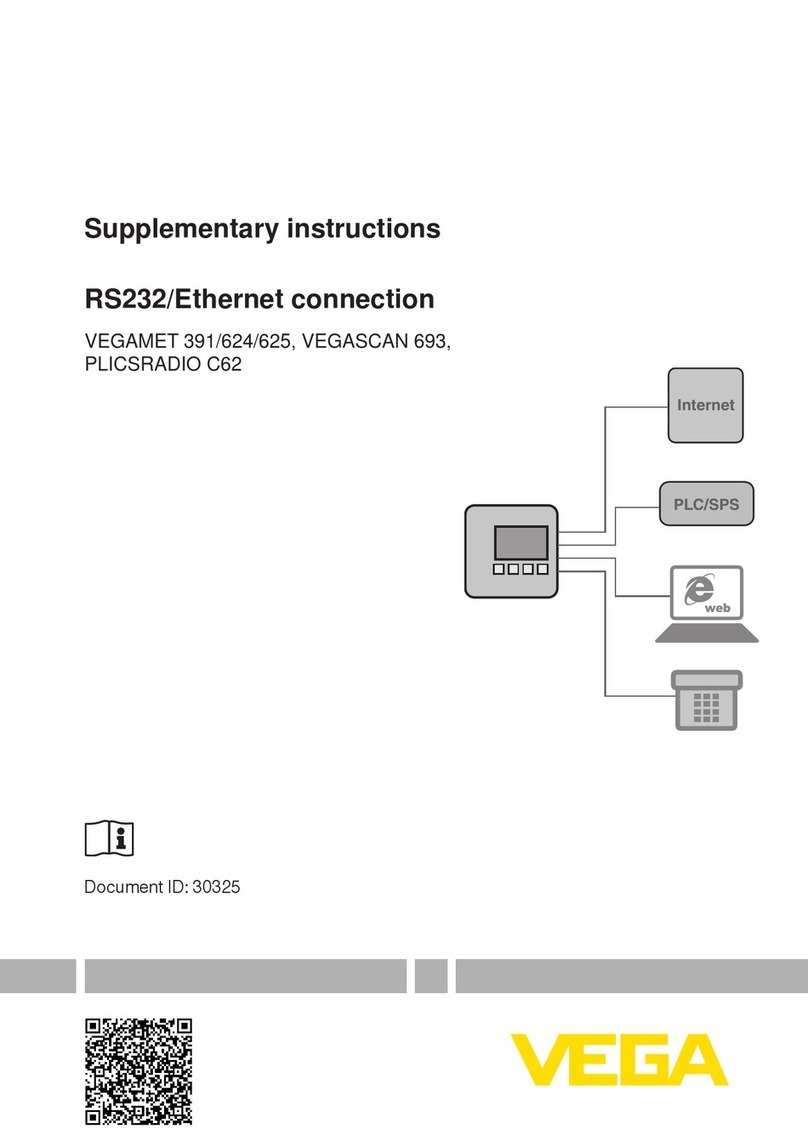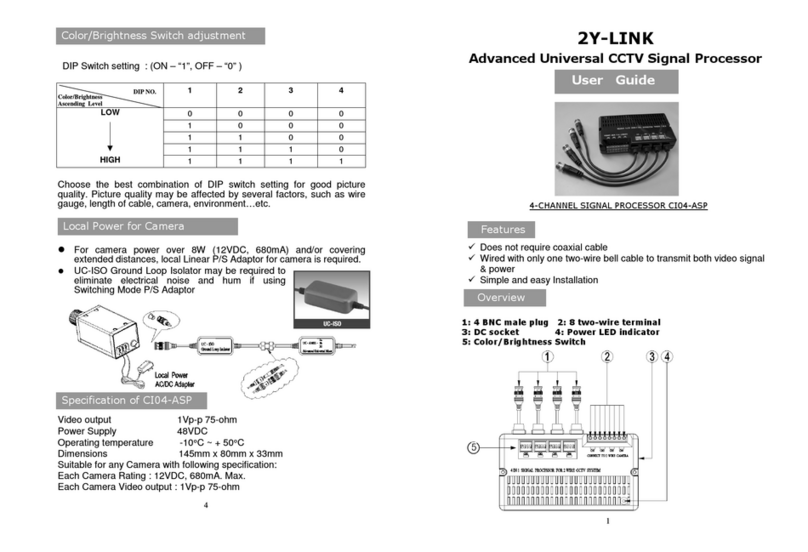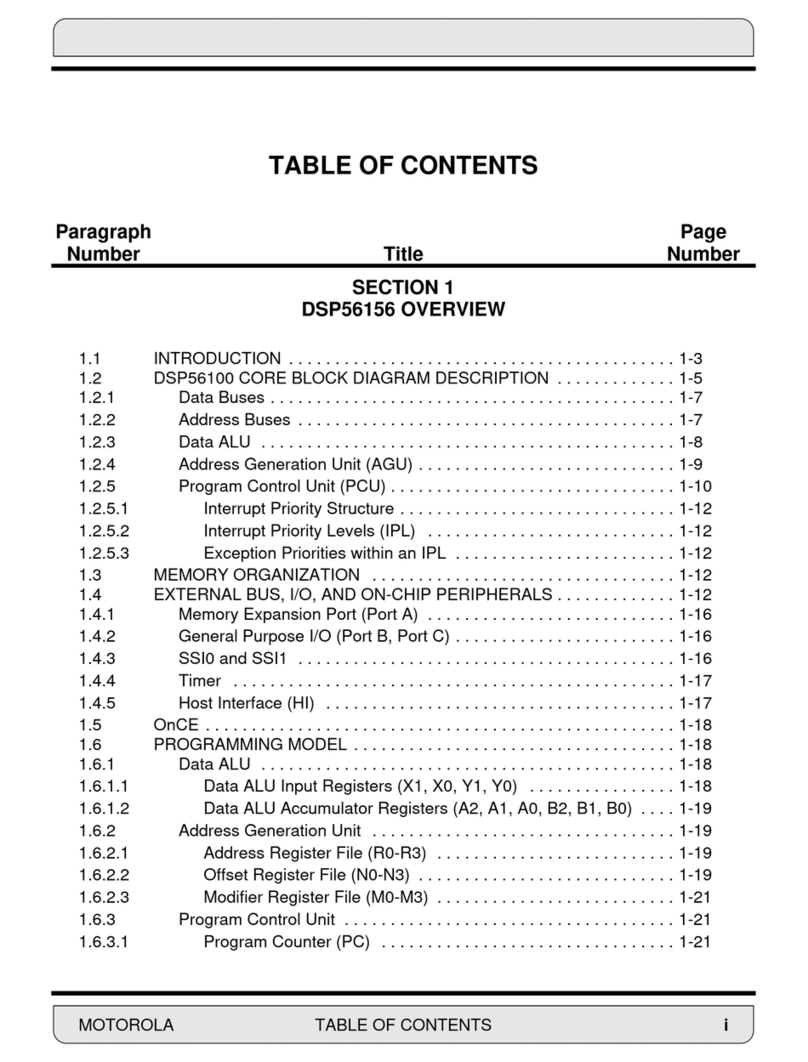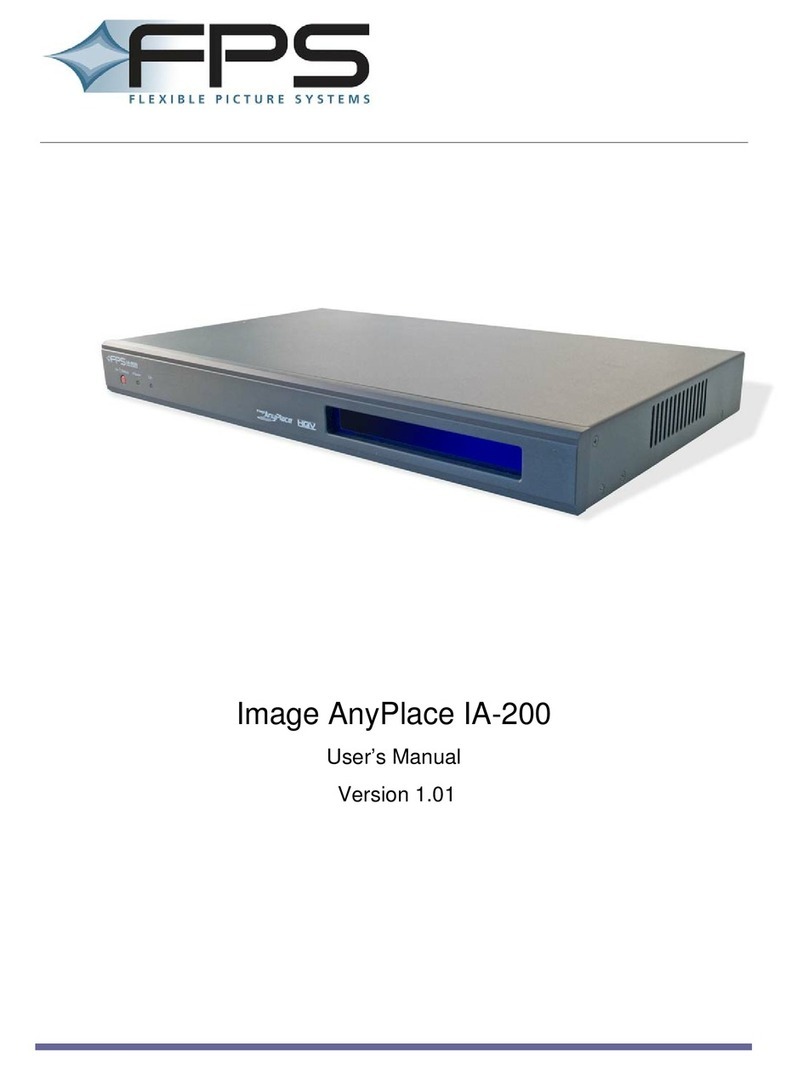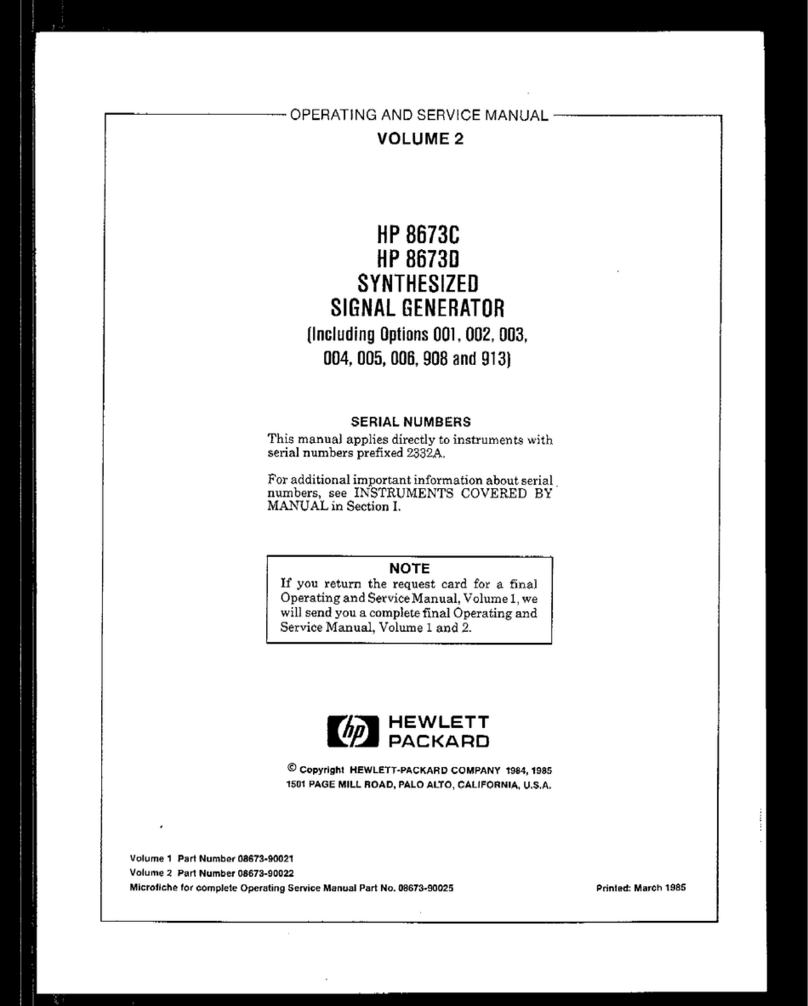
USER MANUAL DSP8X8 Digital Signal ProcessorUSER MANUAL DSP8X8 Digital Signal Processor
• Priority: Higher number means higher input priority. If the priorities are the
same, the processing is performed in the sequence of triggering priorities. If
two mics speak at the same time, the camera automatically rotates to the preset
position corresponding to the mic with a higher priority or sends the command
corresponding to the mic with a higher priority. However, if the two mics have
the same priority, the signal detected first prevails.
• Active: Enables/disable camera tracking for this channel.
• Apply: Saves the current microphone camera tracking parameter to the
device. After camera tracking is enabled, the parameter must be applied to take
effect.
The preset point, serial port number, camera address, and protocol are related
to the camera and must correspond to the actual camera connection.
Software interface Software interface
14 15
CAMERA SETTING
DSP8X8 can control video cameras via RS232 and RS485 interface. This
feature is perfect for video conference systems. It automatically adjusts video
camera position according preprogrammed presets. All camera positions
are programmable and activated automatically when DSP indicates audio to
programmed microphone inputs.
Before start setting camera presets:
1. Set the serial ports via RS232 or RS485.
2. Set the camera address and protocol type (depends on the camera model).
3. Select preset number and then adjust camera position by using DSP8X8
camera setting window.
4. Click "Save" to save the camera position, "Clear" is to delete the information
of the current preset. "Call" is used to view the camera position saved by the
currently selected preset.
Note: A camera address can contain multiple presets, but one preset
corresponds to only one camera address. Camera Settings and Mic Settings
have preset numbers., serial port numbers, camera addresses, and protocols,
which need to be considered in actual situations.
SET MIC TRACKING
• Mic No.: corresponds
to the input channel of
device. Parameter needs
to be set separately for
each channel.
SET CAMERA TRACKING
• Default: when all mics are
inactive, the camera turns to the
default MIC setting or send the
associated command defined by
the default MIC.
• Threshold: Set the audio input
CENTRAL CONTROL
This menu allows you to find control commands to adjust the parameter
or request DSP status without the control software. There are two types of
commands:
• Read: it’s the command to request DSP parameter status. The user should
select a parameter and the Central control unit generates a control code, which
should be sent to DSP in order to receive feedback with parameter status.
• Set: it’s the command to adjust the DSP parameter. The user should select a
parameter and the Central control unit generates a control code, which should
be sent to DSP in order to adjust parameter status.
GPIO CONTROL
DSP8x8 has an 8 GPIO port to control the main DSP parameters. ALL GPIO
ports can be set as input or output in the GPIO menu also need to set main
parameters: function type, GPIO PIN number, and others, depending on the
selected function.
Before using GPIO as input to control DSP functions user must add pull-up
resistors to keep GPIO input at a high level all the time. The circuit diagram and
GPIO pinout are in page 33.
GPIO output data: Voltage: low level 0V, high level:3V, max. current 10mA.
signal level threshold for camera to react to input. Audio level must be over or
equal to set threshold level, otherwise camera will not reach to audio input.
Then sound level reaches threshold, input is considered active.
• Speech space: This is the maximum time interval that audio level can fall
below threshold for input still to be considered active. Duration of 3 seconds
is considered typical for speech (typical long pause between sentences). If the
signal continues to be below threshold after set time, input is then considered
to be inactive.
• Switch time: The time delay for camera to react to active input. When set to
0,0 camera will react to active input instantly. Setting switch time above 0,0
prevents camera from reacting to momentary microphone activations (i.e. if
microphone with higher priority is bumped by accident).
• Duration: DSP8X8 allows repeated sending of RS232 control codes to prevent
camera control errors due to data loss in transmission. Duration setting is the
time interval between repeated sending of RS232 commands.
0,0 setting means RS232 command will only be sent once without repeating.


